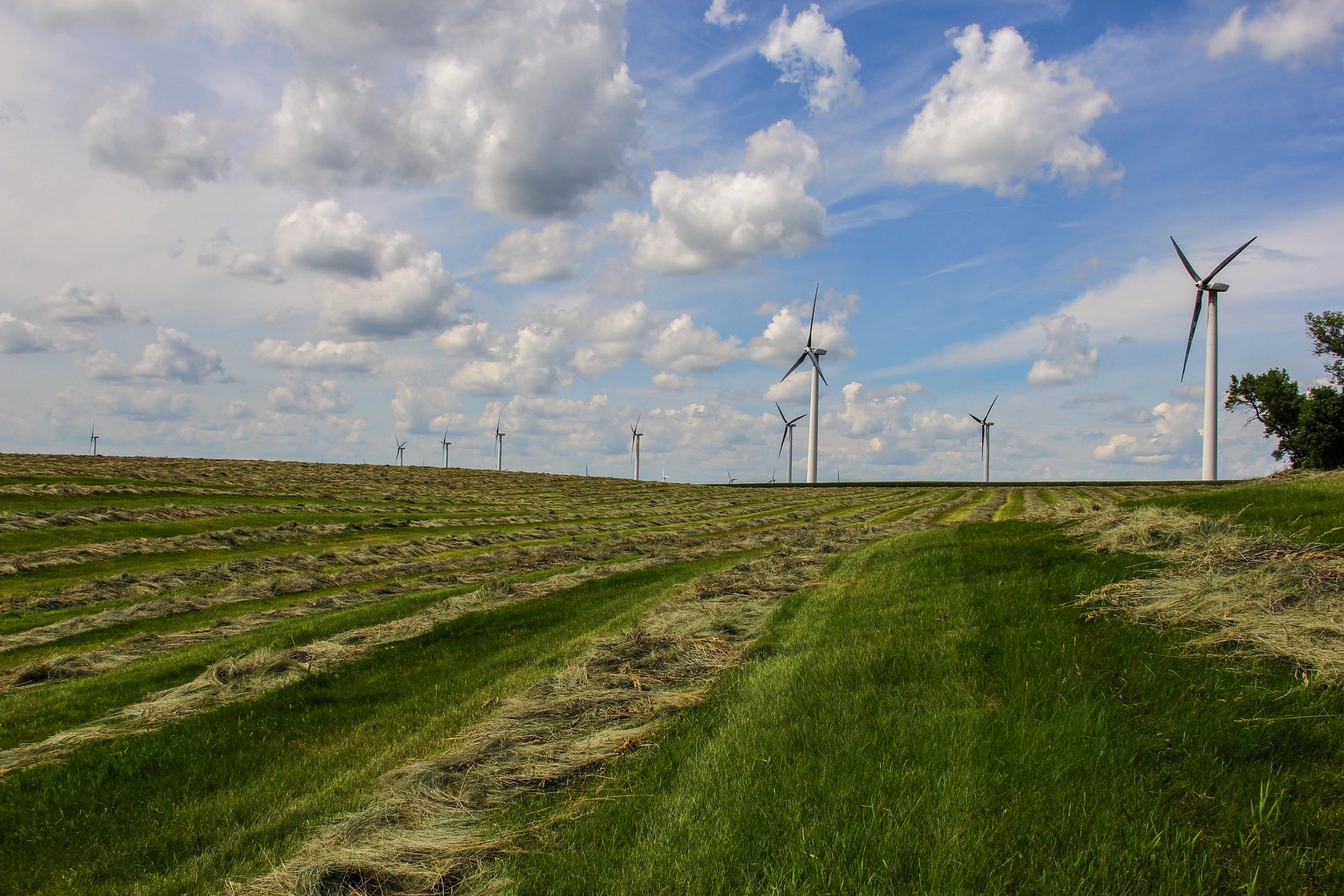Introduction
The cannabis industry has undergone a remarkable transformation over the past few decades, evolving from a prohibited substance to a burgeoning economic sector with significant growth potential. This evolution has been marked by shifts in legal frameworks, societal perceptions, and market dynamics, creating a complex landscape for businesses and investors alike. As legalization expands and market demand increases, the cannabis industry continues to experience rapid growth and diversification.
Historical Context and Legalization Trends
Historically, cannabis was widely criminalized, with strict regulations prohibiting its cultivation, distribution, and consumption. However, the late 20th and early 21st centuries witnessed a gradual shift as scientific research began to uncover potential medicinal benefits of cannabis, leading to a reevaluation of its legal status. This shift was catalyzed by grassroots advocacy and changing public opinion, resulting in legislative reforms across various jurisdictions.
In the United States, this transformation has been particularly pronounced. As of 2025, 24 states have legalized recreational cannabis use, while 40 states permit medicinal use. This patchwork of state-level legalization reflects a broader trend toward acceptance and regulation of cannabis, despite its continued classification as a Schedule I substance under federal law.
Market Growth and Economic Impact
The legalization wave has precipitated rapid growth in the cannabis industry. For instance, in New York, legal cannabis sales reached $840 million in 2024, with projections exceeding $1.5 billion for 2025. This surge is indicative of a broader national trend, with the U.S. cannabis market expected to approach $40 billion in sales by the end of 2025. This growth is driven by increasing consumer demand, expansion into new markets, and the diversification of cannabis-related products and services.
The cannabis industry has also emerged as a major driver of job creation and tax revenue. Legal cannabis markets have generated significant employment opportunities in areas such as cultivation, processing, retail, and ancillary services. Additionally, state and local governments have benefited from increased tax revenue, which is often allocated to public services, education, and infrastructure projects.
Challenges Facing the Cannabis Industry
Despite its upward trajectory, the cannabis industry faces significant hurdles, particularly concerning regulatory and financial complexities. The federal prohibition of cannabis creates a precarious environment for businesses, as many federally chartered banks are reluctant to provide services to cannabis-related enterprises. This reluctance stems from the potential legal repercussions associated with handling funds tied to a federally illegal substance, leading to operational challenges for businesses that often have to rely on cash transactions.
Another challenge is the evolving regulatory landscape. Each state has its own set of rules governing licensing, taxation, and compliance, which can create barriers to entry for new businesses. Moreover, international trade restrictions limit the ability of U.S.-based cannabis companies to expand into global markets, keeping the industry largely fragmented and dependent on domestic demand.
Future Outlook
The cannabis industry is poised for continued expansion as more states and countries consider legalization. Advances in cultivation technology, product innovation, and medical research are expected to further drive industry growth. Additionally, potential federal reforms, such as the rescheduling or decriminalization of cannabis, could provide a significant boost to the market by easing banking restrictions and allowing interstate commerce.
The rise of cannabis-based wellness products and pharmaceutical applications is also expected to shape the future of the industry. As scientific research continues to validate the therapeutic benefits of cannabis, more consumers and healthcare providers are likely to embrace its use for medical treatments. This growing acceptance, coupled with increasing investment in cannabis-related businesses, positions the industry for long-term success.
Conclusion
The emergence and growth of the cannabis industry represent a significant shift in both economic and social paradigms. As legalization expands and market dynamics evolve, the industry will continue to face challenges and opportunities. With increasing consumer demand, job creation, and tax revenue generation, the cannabis sector is becoming a cornerstone of modern economies. Understanding the trajectory of this industry is crucial for businesses, policymakers, and investors looking to navigate its complex and evolving landscape.


